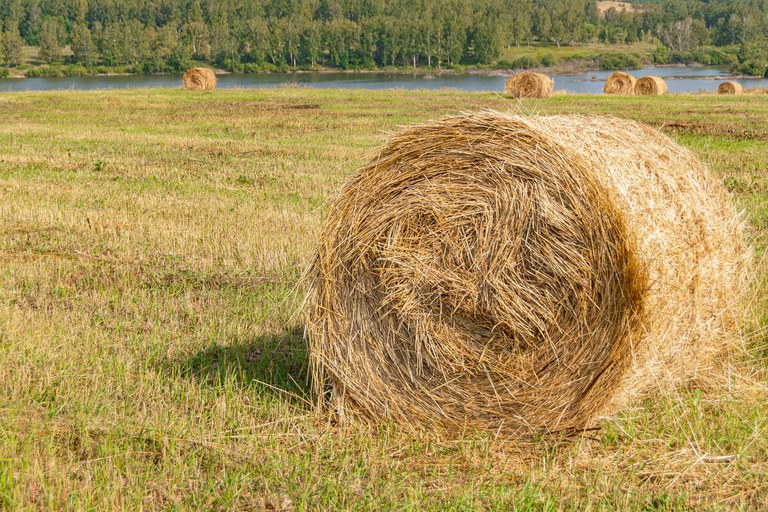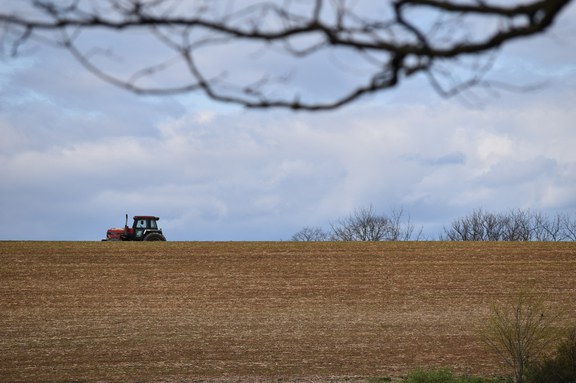Growing the right crop in the right place within an impaired watershed can achieve significant water-quality improvements.
Problem
What can be done to amplify efforts to restore the troubled Chesapeake Bay?
- A significant source of nutrient and sediment pollution in the bay is a result of surface water runoff from agricultural fields in the watershed.
Findings
Researchers deployed a powerful computer program called the Soil and Water Assessment Tool to model crop growth and losses of nutrients and sediment for an eight-year period, developing an innovative algorithm to spatially reallocate crop rotations within existing agricultural land of the Conewago Creek watershed.
- The simulation reallocated hay onto landscapes most vulnerable to erosion and nutrient loss, and row crops such as corn-soybean rotations were reallocated onto less vulnerable areas.
- The team calculated a 15 percent reduction in total nitrogen losses, 14 percent reduction in total phosphorous losses, and 39 percent reduction in sediment losses at an average annual scale across the watershed.
Impact
The results of this study suggest that redistributing crop rotations within the bay watershed did not impact the yield and may help farmers and policymakers to achieve substantial water-quality benefits with sharp reductions in pollution.
Research Credit
Team
- Fei Jiang, Patrick Drohan, Cibin Raj, Heather Preisendanz, Charles White, Tamie Veith
Participating Departments
Partners
- USDA Agricultural Research Service Pasture Systems & Watershed Management Research Unit
- Penn State Institute for Computational and Data Sciences
Federal and State Appropriations
USDA NIFA Hatch Multistate Projects PEN04574, PEN04629, and PEN04573, Accession # 1004448, #1014132, and #1004449
Emerging Discoveries
Published Research
Reallocating crop rotation patterns improves water quality and maintains crop yield. Agricultural Systems
-
Jiang, F., Drohan, P. J., Cibin, R., Preisendanz, H. E., White, C. M., & Veith, T. L. (2021). Reallocating crop rotation patterns improves water quality and maintains crop yield. Agricultural Systems, 187, 103015. https://doi.org/10.1016/j.agsy.2020.103015
Office for Research and Graduate Education
Address
217 Agricultural Administration BuildingUniversity Park, PA 16802-2600
- Email agresearch@psu.edu
- Office 814-865-3136
Office for Research and Graduate Education
Address
217 Agricultural Administration BuildingUniversity Park, PA 16802-2600
- Email agresearch@psu.edu
- Office 814-865-3136



